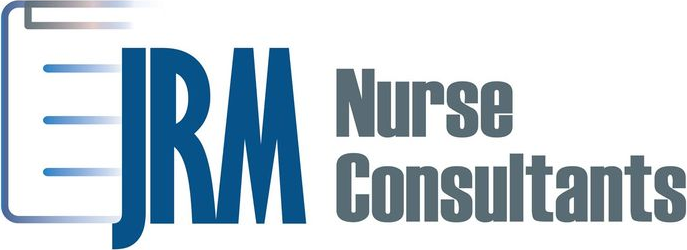Nursing has evolved throughout the years thank goodness to a different level of respect. Although I do believe that some doctors and even nurses still carry the old way of practicing where the doctor is the lead and nothing else matters. This is I believe even differs from the North to the South. I remember graduating from nursing school and working with the doctors in labor and delivery who are now looking at me not as the kid in school, but as the professional on their team. The doctors would say call me Mike, or John when we were not around the patients and it was a comfortable working relationship (not to the extent of the TV show dramas, that is not realistic!) making everyone’s job easier, especially for a new grad that had questions.
When I moved to Florida I noticed that the nurses and staff would say Dr. Smith or Dr. Jones and he would say whatever it is he needed and the nurse would say yes sir, is there anything else that I can do for you. It was the politeness of the South or the servant of the South one or the other. I thought to myself, okay this is certainly going to take some getting used to if I am going to live in Florida. In no time at all, I had to conform since I wanted to be gainfully employed.
When I think of being on an interprofessional team, I think of the team that I was in up North, where it was a comfortable open ended relationship between nurses and doctors to discuss what was happening with the patient and come up with a plan. When I think of being on the interprofessioal team in Florida when I first moved here, that to me was not a team. It was a nurse and a doctor, with the doctor stating what needed to be done, the nurse saying yes sir and doing what she was asked. It should be a partnership collaborating together (Sommerfeldt, 2013).
Many years have evolved since I first moved to Florida and I have seen the change happen where nurses can have a more involved relationship with doctors as a team player and include nutritionists, therapists and discharge planners. There are still some rigid single minded doctors out there that will not work on an interprofessional team; however our job is not to change them. We can spend a long time trying to make changes and getting our point of views heard, but if we can make an impact with what we can control in our scope of practice, this will go a long way to improving healthcare.

Sommerfeldt, S. C. (2013, February 25 2013). Articulating Nursing in an Interpersonal World. Nurse Education in Practice, (13), 519. http://dx.doi.org/http://dx.doi.org/10.1016/j.nepr.2013.02.014
Follow Rosie Moore https://www.facebook.com/rosiesnursecorner/
























